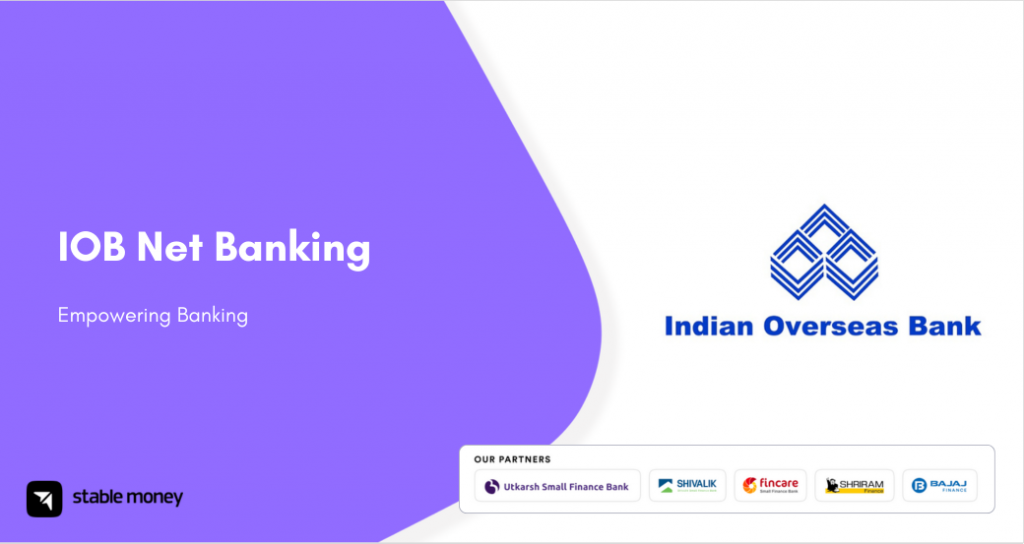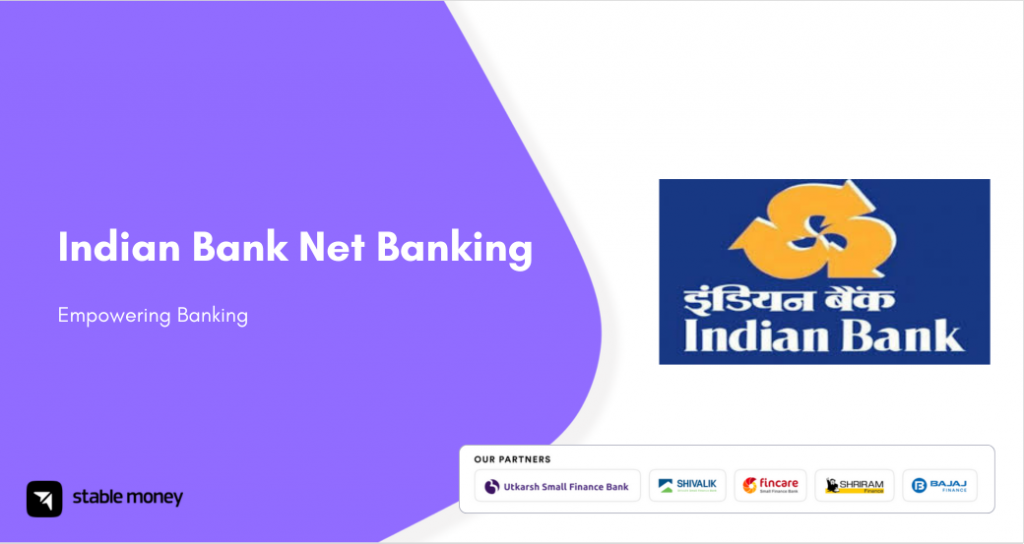
Bank reconciliation is a crucial accounting process for businesses. It ensures cash records match bank balances. Timely reconciliation helps keep finances transparent and prevents issues.
What is a Bank Reconciliation Statement?
A bank reconciliation statement is prepared to reconcile the balances as per the bank with the balances as per the books of a business. It is ready to determine the reasons for any differences between the two balances. The common reasons could be cheques deposited but not yet cleared by the bank or cheques issued but not yet presented to the bank for payment. By preparing the reconciliation statement, one can find the correct cash and bank balance for the business.
Example of Bank Reconciliation Statement
For example, let’s consider the bank balance as per the passbook as Rs. 50,000, and the balance as per the cash book is Rs. 52,000. After preparing the bank reconciliation statement by listing out all cheques deposited but not cleared, cheques issued but not presented for payment and any other related entries, it is found that cheques worth Rs. 2,000 were deposited but not yet cleared by the bank, which resulted in the difference of Rs. 2,000 between the two balances. The reconciliation statement helps to find the correct position of accounts.
Types of Bank Reconciliation Statement
Here are the Types of Bank Reconciliation Statements:
1. Vendor Reconciliation
Vendor reconciliation is prepared to reconcile amounts payable to vendors with bank records of payments made to them. This helps ensure vendors are paid accurately.
2. Business-Specific Reconciliation
Business-specific reconciliation is done keeping in mind the nature of the business, whether it’s a manufacturing concern, trading business, etc. This type matches payments and deposits related to the particular business operations.
3. Intercompany Reconciliation
Intercompany reconciliation matches transactions between a parent company and its subsidiaries. It verifies payments and transfers between related corporate bank accounts match their respective books.
4. Customer Reconciliation
Customer reconciliation verifies amounts received from customers match payments recorded in the bank. It also matches customer balances as per accounts with amounts as per bank deposit records.
Working on Bank Reconciliation Statement
The bank reconciliation statement works by listing all credits made to the bank as per the cash book, like deposits, and listing all debits made as per the cash book, like cheques issued. It then lists all cheques deposited but not yet cleared by the bank and all cheques issued but not yet cashed or presented to the bank. The statement calculates the correct cash and bank balance aligned with the passbook by adjusting these outstanding items. This allows rectifying any differences between the passbook and cash book balances.
What is the Purpose of a Bank Reconciliation Statement?
The bank reconciliation statement serves several important purposes. Reconciling the books of accounts with bank records helps determine a business’s exact cash and bank position. Some essential purposes of preparing a bank reconciliation statement are:
- It helps find any errors in the cash book or bank statements. This allows for taking corrective actions.
- Any instances of bank charges or deposits not recorded are identified.
- The correct cash and bank balances can be ascertained and reported in financial statements.
- Tracking of uncleared deposits and outstanding cheques becomes easy.
- Fraudulent or wrongful transactions, if any, come to light upon reconciliation.
How to Prepare for Bank Reconciliation Statement?
Preparing for the bank reconciliation process requires a few key steps. Some things to keep in mind are:
- Collect bank statements for the reconciled period and related documents like deposit slips.
- Ensure cash book entries are updated with all transactions for the period.
- Note down any outstanding deposits or cheques from the previous reconciliation.
- Check for any bank fees or interest charges not accounted for.
- Highlight recurring transactions like monthly payments to avoid missed entries.
What are the Characteristics & Features of Bank Reconciliation Statement?
Here are the key characteristics and features of a bank reconciliation statement:
1. Characteristics of a Bank Reconciliation Statement:
- Compares cash balances as per books with bank statements to identify discrepancies.
- It helps rectify errors in accounting records and ensures accuracy.
2. Features of a Bank Reconciliation Statement:
- Lists all deposits and withdrawals as per cash book and bank statement.
- Highlights outstanding deposits or cheques for adjustment in balances.
- Calculates correct bank balance after adjusting all reconciling items.
- Allows for the tracking of payments and collection of cash systematically.
- Identifies delayed transactions and errors in the recording of banking activities.
Importance of Bank Reconciliation Statement
The bank reconciliation statement is an essential document for every business. It helps in:
- Identifying errors in the recording of banking transactions.
- Ensuring the accuracy of cash flows and cash balances.
- Rectifying mistakes at the earliest to avoid future discrepancies.
- Detecting fraudulent activities like check tampering.
- Maintaining the financial health of the organization.
- Preparing accurate financial reports for decision-making.
Tips to Ensure Efficient Bank Reconciliation Statement
Here are some tips to ensure an efficient bank reconciliation process:
- Optimize the process by scheduling it regularly, say weekly.
- Always maintain updated records of transactions in the cashbook.
- Use accounting software for automated matching and mistake tracking.
- Train staff to identify reconciling items like deposits in transit quickly.
- Set timelines and assign responsibilities to team members.
- Cross-check random entries to avoid oversight of discrepancies.
- Reconcile accounts immediately after the bank statement is available.
- Review reconciliations prepared by others for accuracy and completeness.
How Often Should You Do Bank Reconciliation?
It is generally recommended that bank reconciliations be done every month for most businesses. This lines up with receiving monthly bank statements. However, some businesses may need to reconcile accounts more frequently.
For example, companies with high transaction volume may want to reconcile weekly to stay on top of cash flows. Businesses with specialized requirements around grants or contracts may also need to reconcile according to the terms of their agreements.
When does a Business Prepare a Bank Reconciliation Statement?
Most companies complete a bank reconciliation when they receive their monthly bank statement. This is generally a standardized time each month to reconcile accounts. The bank statement provides a starting point to compare cash transactions. Preparing the reconciliation helps ensure cash balances are accurate. It allows businesses to identify errors in recording payments or deposits. Reconciling also prevents fraudulent activities from going unnoticed. Any discrepancies can be addressed immediately to protect the company’s financial health. Reconciling accounts with each new bank statement is essential for maintaining accurate financial records.
Benefits of Using Accounting Software for Preparing BRS
Preparing bank reconciliation statements (BRS) manually is tedious and time-consuming. It involves collecting transaction details from bank statements, matching entries, identifying discrepancies and preparing the final statement. Using accounting software can simplify this process and offer various benefits:
- Speed and Accuracy: Software automates the matching and reconciliation process, reducing human errors. It improves accuracy and saves significant time.
- Multiple Bank Accounts: Managing the reconciliation of numerous bank accounts across branches simultaneously is more accessible with software.
- Reporting: Rich reports help quickly analyze historical reconciliation data, recurring errors and financial trends.
- Automated Workflows: Features like automatic import of bank statements, rules-based matching, and alerts for exceptions streamline the process.
- Access from Anywhere: Cloud-based software allows remote access from any device, enhancing flexibility and collaboration.
- Savings: Eliminates redundant tasks, speeds compliance and helps reallocate resources to more strategic tasks.
Common Problems With Bank Reconciliation Statement
Preparing BRS manually can lead to specific issues. Identifying errors is difficult, resulting in wrong financial reports. Common problems include:
- Delayed entries: Transactions like deposits or fees taking time to clear cause disruptions.
- Duplicate transactions: The exact payment is recorded twice due to an inefficient filing system or software glitches.
- Unmatched transactions: Entries missing on the bank or ledger side lead to the wrong cash position.
- Calculation mistakes: Errors in amounts credited or debited result in off figures.
- Missing statements: Failure to consider all bank accounts causes incomplete reconciliation.
- Disorganized records: Piled documents instead of systematic filing hampers smooth matching.
- Multiple approvers: Involvement of various teams causes delays and scope for misunderstandings.
Advantages & Disadvantages of Bank Reconciliation Statement
Here are the advantages and disadvantages of bank reconciliation statements:
1. Advantages of BRS
Bank reconciliation statements offer several benefits to businesses:
- Errors detection: It is easy to find mistakes like duplicates or missing entries.
- Fraud prevention: Inconsistencies help uncover illegal activities.
- Financial monitoring: Keeps track of cash flows and bank charges.
- Payment tracking: Helps find lost or delayed remittances.
- Decision making: Provides accurate cash position for planning.
2. Disadvantages of BRS
While necessary, bank reconciliations also have some drawbacks:
- Time-consuming: The manual process is lengthy and tedious.
- Prone to errors: There is lots of room for mistakes in calculations.
- Delayed entries: Transactions taking time impacts accuracy.
- Reliance on records: Completeness depends on organized bookkeeping.
- Multiple approvers: The involvement of many stakeholders causes delays.
Final Word
Preparing regular reconciliations gives company management confidence in reported cash positions. It protects the business from errors, fraud and unnecessary charges. Adopting software streamlines the process and significantly benefits cash management.
FAQs
BRS is prepared periodically to ensure bank transactions match the cash book and bank records.
A Bank reconciliation statement is also referred to as a bank passbook.
The accountant maintains the BRS by comparing the bank statement balance to company cash transaction records.
The company accountant prepares the BRS each time a new bank statement arrives.
Disclaimer
This article is solely for educational purposes. Stable Money doesn't take any responsibility for the information or claims made in the blog.

